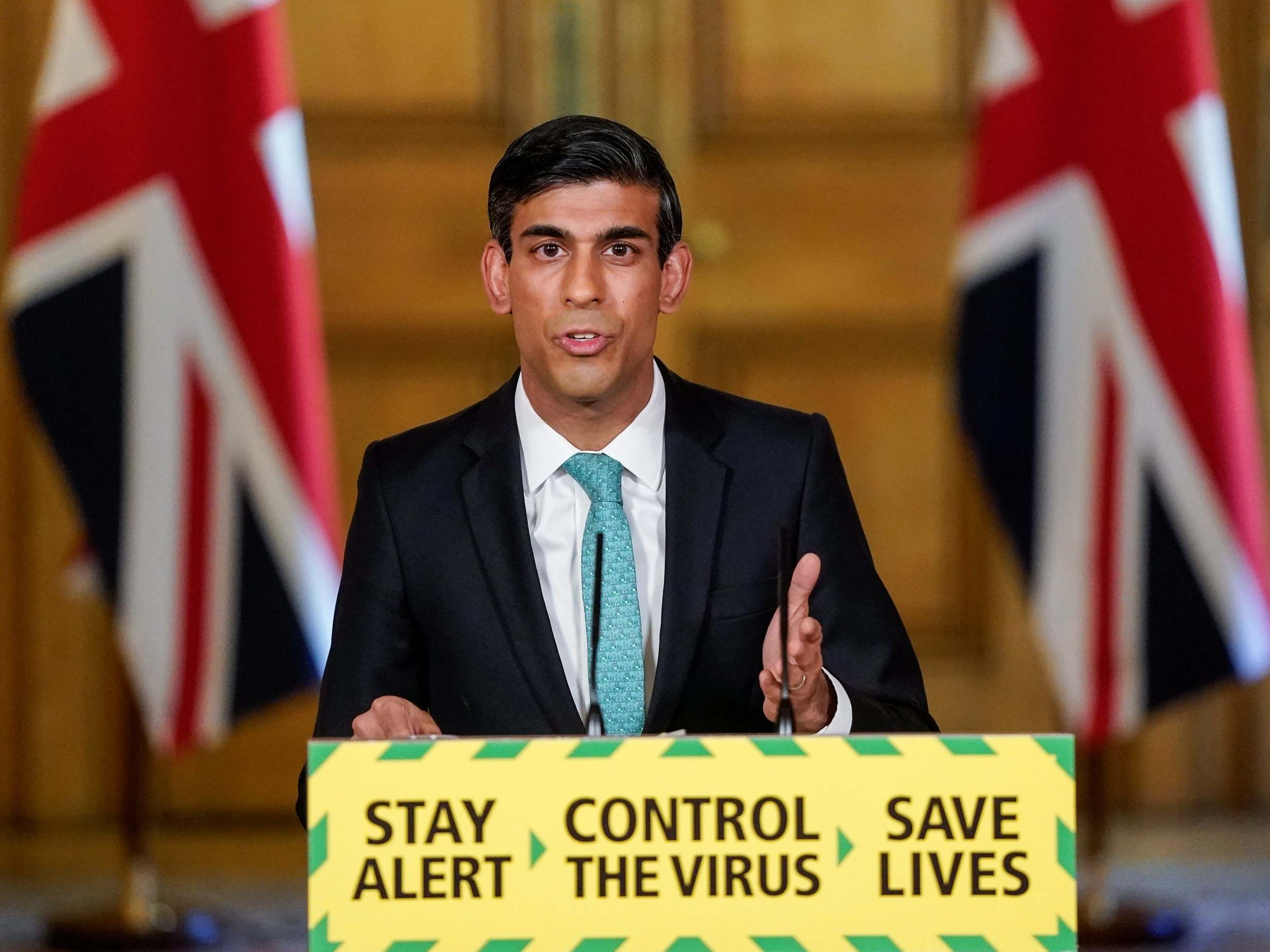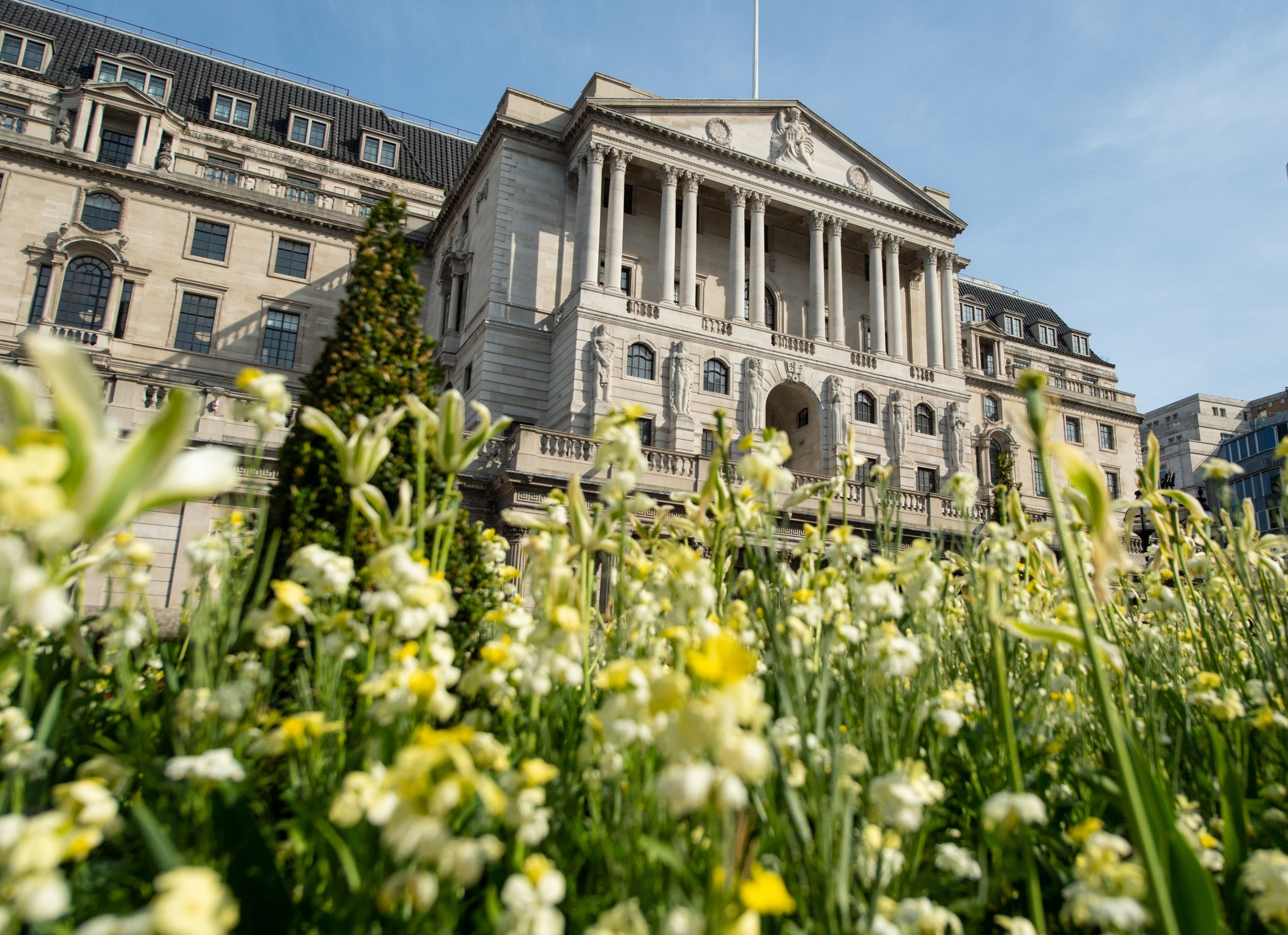How should the government try to boost the economy as we emerge from lockdown?
Some urge a VAT cut. Others propose changing the Bank of England’s mandate. What’s the case for these various proposals? Would they work? And what might be the drawbacks? Ben Chu looks at the evidence


Rishi Sunak’s Treasury is floating ideas of how it might give a short-term boost to the economy as it emerges from the deepest slump in recent history.
Think tanks and analysts are weighing in too, seeking to influence the direction of policy as the question of how to facilitate recovery comes into focus.
One idea that is clearly under consideration is cutting the rate of Value Added Tax (VAT) in order to stimulate consumer spending, while another is to cut the National Insurance (NI) contributions of employers in order to encourage them to hire more staff.
More radical than either of those is the proposal to change the Bank of England’s mandate to target growth, rather than just inflation.
What’s the case for these various proposals? Would they work? And what might be the drawbacks or unintended consequences?
Reduce VAT
The logic of a VAT cut – a 20 per cent tax levied on most, though not all, purchases – to stimulate consumer spending is straightforward.
Reducing the tax on transactions reduces the ticket price of many goods and services. Everything from new TVs to meals in pubs should become cheaper. And that should encourage people to spend.
Household spending accounts for a majority of total expenditure in our economy so anything that boosts this should have a significant impact on overall activity.
During the last recession the then Labour government cut VAT from 17.5 per cent to 15 per cent for 13 months in order to encourage spending.
Research by the Institute for Fiscal Studies (IFS) suggest this brought forward consumer spending by around 1 per cent, which translated into a 0.4 per cent boost to total expenditure.

That might not sound huge, but it’s useful to have at a time of recession.
“It did what we and the government expected at the time… It did seem to get people spending, particularly on durable goods,” says Stuart Adam of the IFS.
Advocates of a VAT cut also stress that it’s one of the few forms of stimulus that the Treasury can rapidly impart.
However, one objection is that some of the benefit goes to foreign firms via increased imports.
Moreover, some analysts doubt that a VAT will be particularly effective in the current circumstances because the UK service and retail economy will remain hamstrung by social distancing requirements.
“[The] proposal is premised on the idea that consumers won’t spend,” says Ryan Bourne of the Cato Institute. “But it’s much more likely that their savings will remain elevated because they can’t spend. Getting a table at a very popular restaurant, theatre or cinema for a new movie release will be difficult even when these industries reopen, given their need to operate far below capacity.”
Cut employer National Insurance
National Insurance contributions are paid by both employees and employers.
Employers pay a 13.8 per cent tax levied on salaries (above a threshold) paid to employees.
The argument for a cut in employer national NI contributions is that it would reduce one of the costs of hiring for employers and thus encourage them to do more of it at a time of high and rising joblessness.
The tax does seem to, at least partly, suppress the level of employment relative to where it would otherwise be so reducing it should, in theory, help increase hiring.

Some argue that it would be better to target the cuts on specific sectors, rather than offer a blanket cut to all firms, whether they are struggling or not.
Helen Miller of the IFS also suggests a cut should be targeted at additional hires by firms, rather than the whole staff.
Yet others question how much hiring in very badly affected sectors like hospitality would actually benefit.
“It’s difficult to see how this makes a difference where jobs simply aren’t viable because of social distancing rules, which will still be the case in some sectors even if we abandon the two metre stipulation,” says the labour market expert John Philpott.
Mr Philpott sees the merit of a cut in employer NI contributions as a general stimulus for hiring, but stresses that it needs to be part of a wider strategic plan for the economy and to create more high productivity UK jobs in the wake of the pandemic.
Give the Bank of England a new growth target
The Bank’s current mandate is for 2 per cent inflation over the medium term. Some argue that in the wake of this historic crisis this should be changed so policymakers would target the level of economic activity in the economy, unadjusted for inflation, or so-called nominal GDP (NGDP) targeting.
Advocates claim that nominal GDP targeting would discourage monetary policymakers from raising interest rates too early, something that they see as a risk to a strong bounce back.

“It wouldn’t guarantee a V-shaped recovery but it would certainly increase the probability of one,” says the former Treasury minister and economist Jim O’Neill.
However, one of the main arguments against NGDP targeting is that the official growth figures, unlike inflation figures, are frequently revised, making it much harder, on a practical level, for policymakers to target.
Another criticism is that it would be difficult to explain to the public and would risk undermining hard-won public confidence in the stability of prices – something that could be especially hazardous at a time when many suspect governments would be happy to see higher inflation to make their newly higher public debt burdens easier to bear.
Join our commenting forum
Join thought-provoking conversations, follow other Independent readers and see their replies
Comments